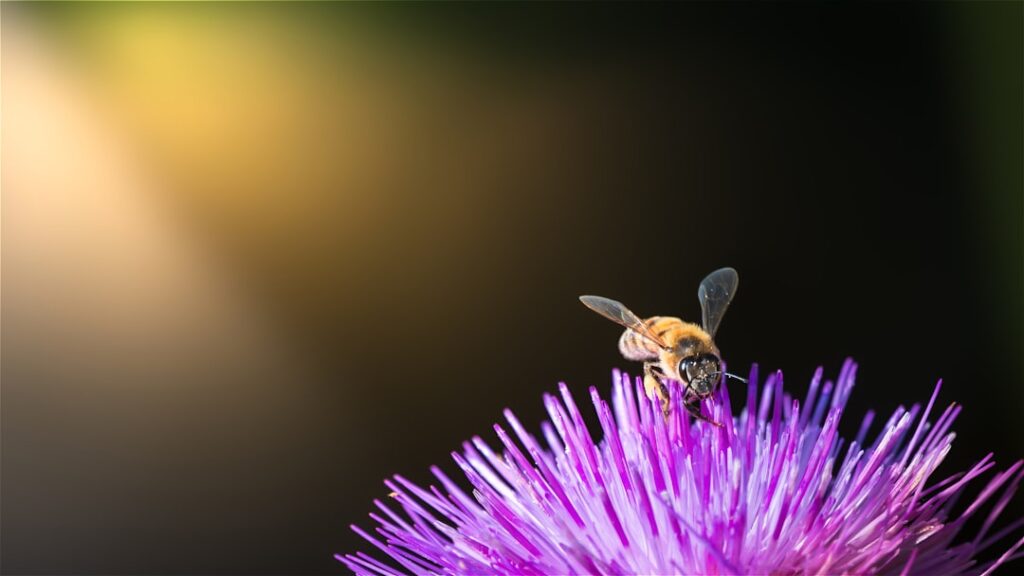Summer is synonymous with vibrant blooms, painting landscapes with a riot of color and fragrance. But the seemingly effortless abundance of flowers during the hottest months of the year belies a complex interplay of biological advantages and disadvantages. While the heat fuels growth and reproduction in many species, it also presents significant challenges that determine which plants thrive and which wilt. This analysis examines the pros and cons of heat on summer blooms, exploring the scientific mechanisms involved.
Pros: The Advantages of Summer Heat
-
Enhanced Photosynthesis: Higher temperatures, within a certain optimal range, accelerate enzymatic reactions crucial for photosynthesis. This process, where plants convert light energy into chemical energy, is significantly boosted by increased sunlight intensity and warmth, leading to faster growth and more biomass production. This explains the rapid development and prolific flowering observed in many summer species. Studies consistently demonstrate a positive correlation between temperature (within a species-specific range) and photosynthetic rates.
-
Increased Pollinator Activity: Summer’s warmth encourages increased activity among pollinators like bees, butterflies, and hummingbirds. These pollinators are essential for the reproduction of many flowering plants. Higher temperatures increase their metabolic rates, leading to more foraging and a greater chance of successful pollination, resulting in a higher yield of seeds and fruits. This positive feedback loop enhances the reproductive success of plants adapted to warm conditions.
-
Extended Growing Season: Longer days and warmer temperatures provide a longer growing season for many plants. This allows them ample time to complete their life cycle, from germination to seed production. Species adapted to summer heat can fully exploit this extended period, resulting in larger, more numerous flowers and increased seed set.
Cons: The Disadvantages of Summer Heat
-
Water Stress: The most significant disadvantage of summer heat for plants is water stress. High temperatures increase evapotranspiration, the loss of water from plants through leaves. This can lead to dehydration, wilting, and reduced growth if plants can’t access sufficient water from the soil. Many summer blooms have developed adaptations, such as deep root systems or water-storing tissues, to mitigate this issue, but it remains a constant challenge. Studies have shown a direct correlation between elevated temperatures and reduced plant water potential.
-
Heat Shock Proteins and Damage: Extreme heat can cause damage to plant proteins and cellular structures. To combat this, plants synthesize heat shock proteins, which help protect cellular components from damage. However, prolonged exposure to extreme temperatures can overwhelm this protective mechanism, leading to cellular damage, reduced growth, and even death. The expression levels of heat shock proteins can serve as a bio-indicator of heat stress severity.
-
Increased Pest and Disease Pressure: Warmer temperatures can also accelerate the life cycles of pests and diseases. This can result in a higher incidence of infestations and infections, compromising plant health and reducing flowering success. Many summer flowering species have evolved chemical defenses or symbiotic relationships with beneficial microbes to counteract this, but the challenge remains significant in a changing climate.
Conclusion:
The success of summer blooms is a delicate balance between harnessing the benefits of heat and mitigating its negative impacts. While higher temperatures drive photosynthesis and pollinator activity, leading to abundant flowering, they also pose significant challenges related to water stress, heat damage, and increased pest pressure. The ability of a plant species to thrive in summer heat depends on its evolved adaptations to cope with these challenges. Understanding the complex interplay between these factors is crucial for predicting the impacts of climate change on plant communities and optimizing horticultural practices.
Photo by Joseph Corl on Unsplash

